My charity trip to Nepal is booked, and I’m excited to start planning my October journey with The Waterbearers. Why Nepal? I’ve always wanted to visit the country.
When my friend and co-founder, Erin Toppenberg, told me her organization was planning a mission trip to help the impoverished people of Nepal recover from the monsoons, I felt like it was the perfect opportunity to help out.
As I start planning my fundraising efforts to help the Nepalese obtain clean drinking water, I am doing research on the conditions of the country. Please join me in learning about the water and poverty crisis on the other side of the world.
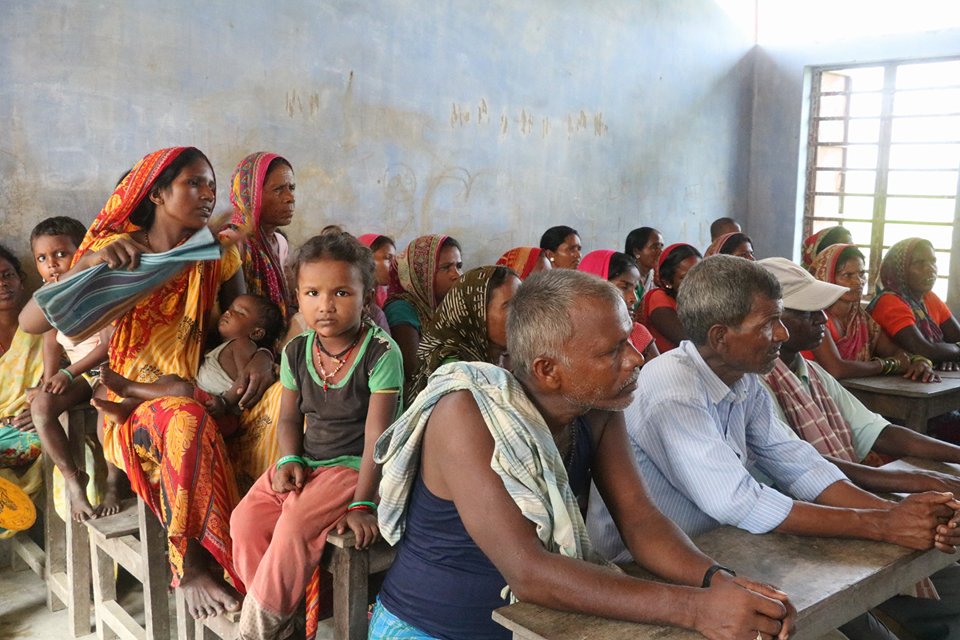
source: thewaterbearers.com
Quick facts about Nepal
- Nepal is a landlocked nation about 1/3 of the size of California. It is densely populated with a population of over 27 million people.
- It is the twelfth poorest country in the world with an estimated average annual income of $470/year. Over 40% of the population lives below the country’s poverty line.
- Four out of five Nepalese live in rural areas and depend on subsistence farming. Those belonging to poor and excluded groups in rural areas have limited to no access to water. Many in remote areas have to spend hours traveling to get water. The drinking water they get is often polluted and unsafe.
- As a result, Nepal faces a high number of water-borne diseases such as diarrhea, dysentery, typhoid, gastroenteritis, and cholera.
- Children under the age of five are the most affected with an estimated 44,000 children dying every year in Nepal from waterborne diseases.
Monsoons devastate this country
Rainfall during the summer accounts for 70 to 80 percent of annual rainfall of most countries in this region.
South Asia relies on its monsoon season to provide rainfall to store water to support its agriculture. But when the monsoons are too strong, they devastate communities by causing disastrous landslides, flooding and killing many.
These countries do not have adequate drainage systems to handle excess water. Each year, people’s homes are submerged, forcing them to leave their villages until after the rains. Also, the stagnant water creates a breeding ground for insects (including mosquitoes) that transmit disease as well as rampant bacteria growth which causes various illnesses.
While people usually boil their water to try and make their water safe to drink, the rains make it extremely difficult to find dry wood to burn for fire.
Do you remember Hurricane Harvey last year? Around the same time, the monsoons in Nepal, Bangladesh, and India affected 41 million people. More than 1,200 people were killed. The consequences of global warming have had the most impact in mountainous countries like Nepal, which has had higher-intensity rainfalls (in recent years) during the rainy season.
We in the US have the mobility to take quick action and provide aid to states within our country. But developing nations like Nepal do not have the infrastructure or funding in place to handle emergencies, especially for their remote areas.
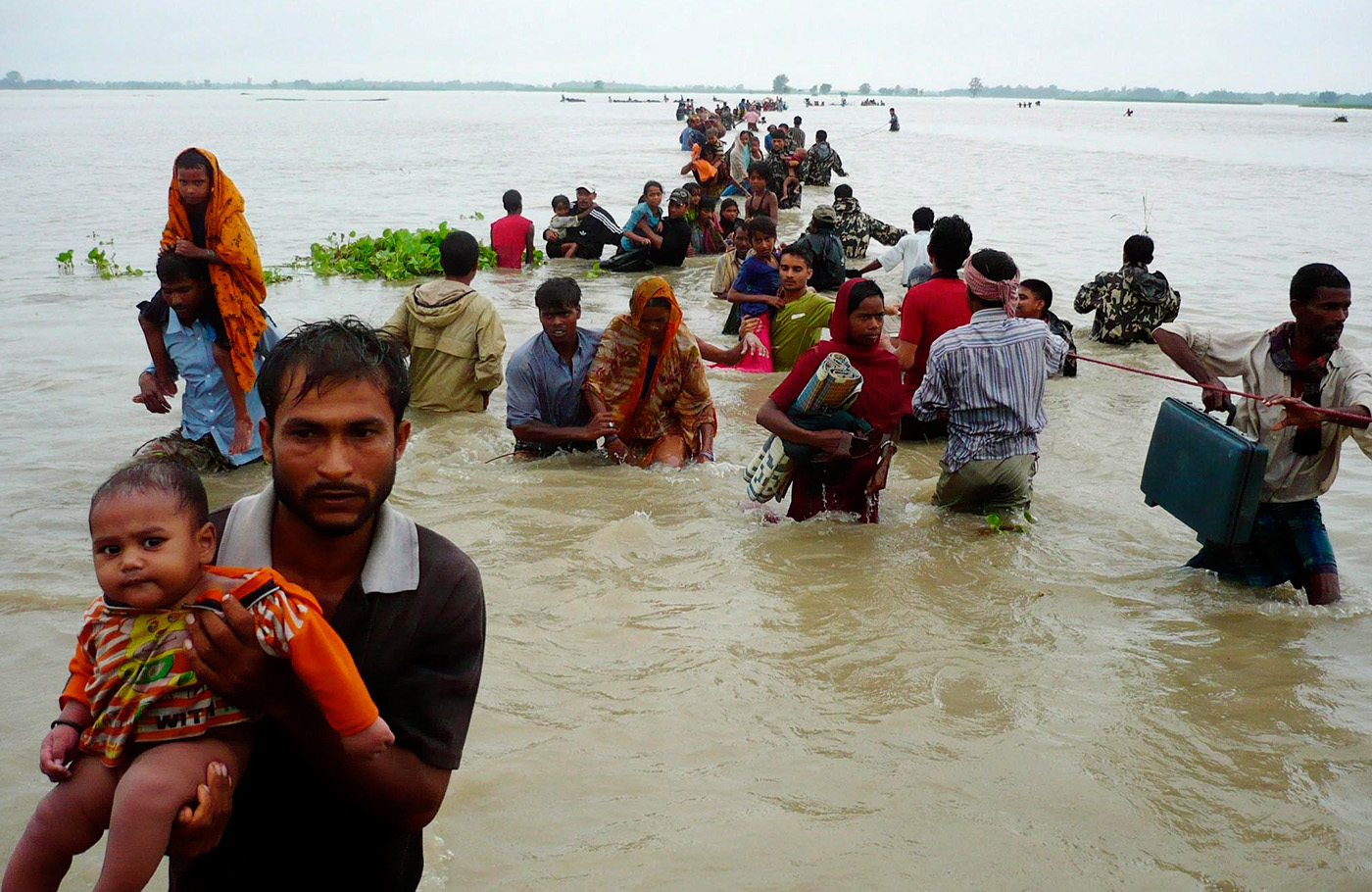
source: thewaterbearers.org
My itinerary to help in Nepal
With the Waterbearers,
- I will be distributing water filters to make water safe for drinking, each of which cleans up to 1 million gallons of water.
- I will be helping the Waterbearers provide community training on how to use and clean these water filters to optimize their useful life of 10-15 years.
- Also, we will distribute backpacks of supplies to children who have been displaced from their homes and unable to return to school due to their lack of basic learning tools like notebooks and pencils.
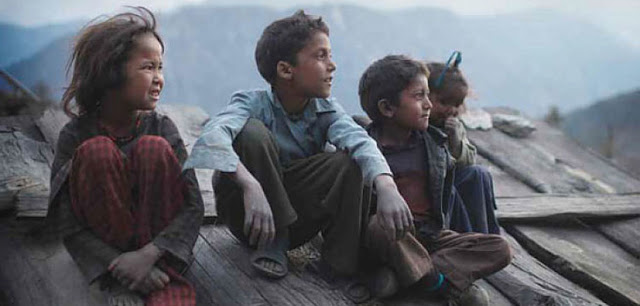
source: readforlearning.blogspot.com
Our mission trip will start in Kathmandu. We will Drive to Janakpur into a poor community in the Terai in the lowlands that gets hit every year with flooding. These communities have to collect surface water to drink. In non-flood times they rely on borehole pumps.
- We will visit schools in the area and provide an educational health camp related to water sanitation.
- These communities are the poorest in the region and are hard-hit by water-borne diseases, so these protective measures with water sanitation education are vital to their survival.
- We will visit homes within this marginalized community. We are hoping our presence will help get the attention of the local government to provide some help.
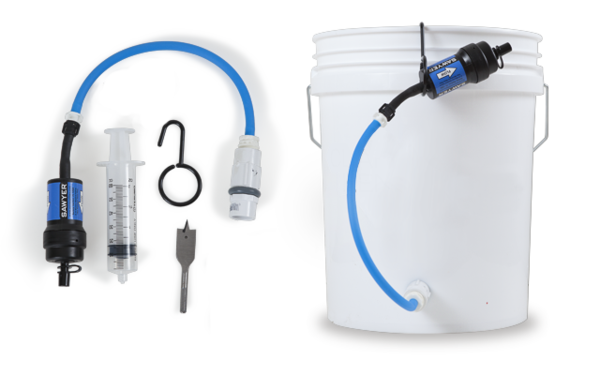
The water filter cleans 99.999% of up to 1 million gallons of water
We will also visit Pokhara in central Nepal. It’s known as a gateway to the Annapurna Circuit, a popular trekking trail in the Himalayas. There, we will visit the New Hope Charitable Children’s Home, dedicated to rescuing children of physical abuse, sexual violence, neglect, and poverty. We will also assess the water needs of the surrounding slum neighborhoods for water filter and backpack distribution.
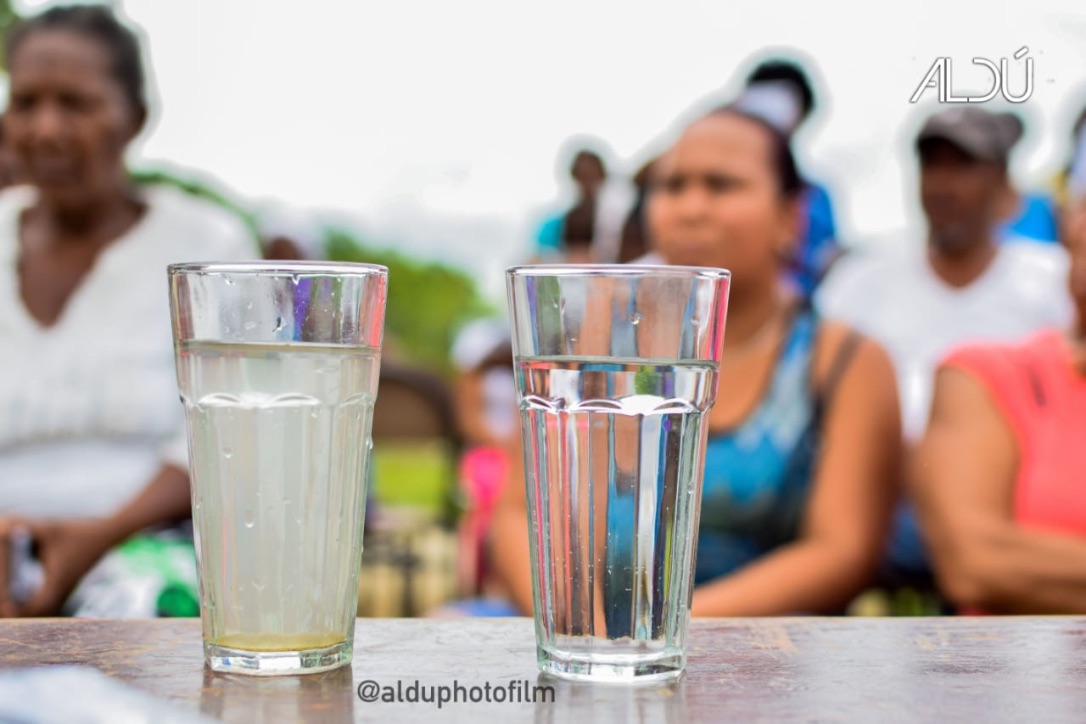
Be part of this journey with me
In others, we see ourselves. The help we give to those who cannot help themselves is an immeasurable gift to offer. I would love your support in this water project journey where I will share the stories of those we help. I will document the best way I can to enable you to feel the joy you are bringing to these people and the difference you are making in their lives!
Help me get this fundraising party started? Every dollar means so much. I am so excited about what our community can do to help change the world!
DONATE TO OUNCE OF SALT NEPAL PROJECT
We will be doing Facebook Lives every week to educate you about how your help will impact Nepal. Meet Dan Wright of The World is My Country Foundation and Erin Toppenberg of The Waterbearers in last week’s Facebook live!
https://www.facebook.com/ozofsalt/videos/1400447080088384/
“Flavor Your Life with an Ounce of Salt.” A lifestyle blog by Jen Oliak.
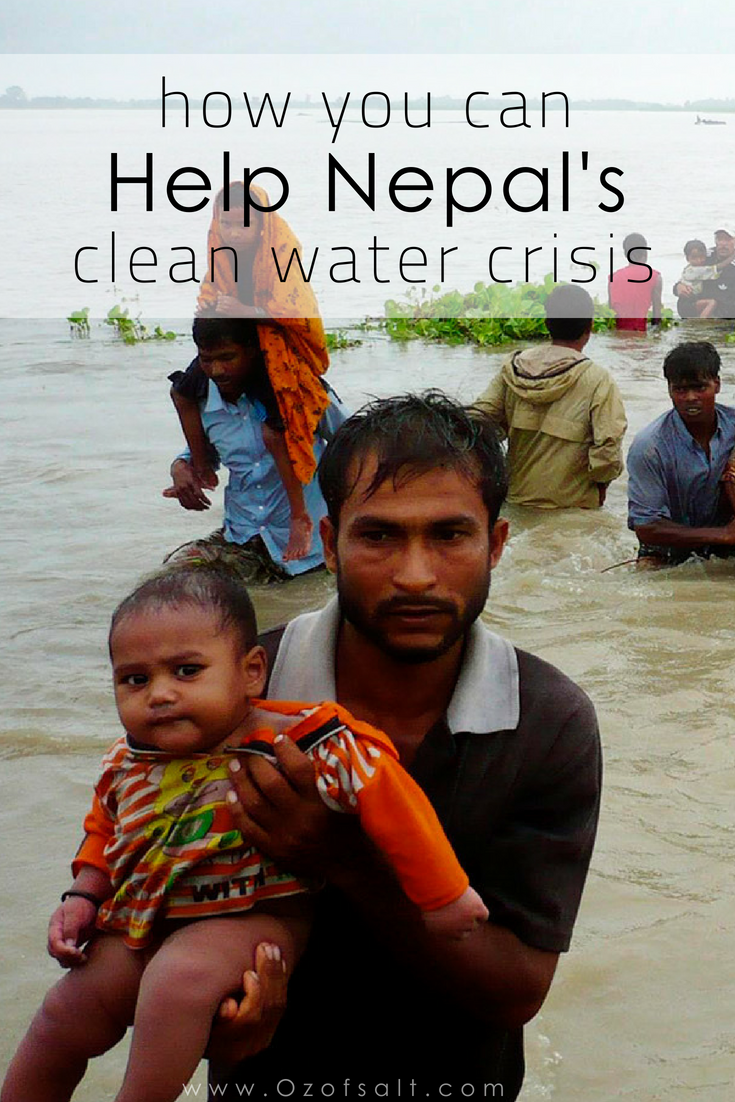

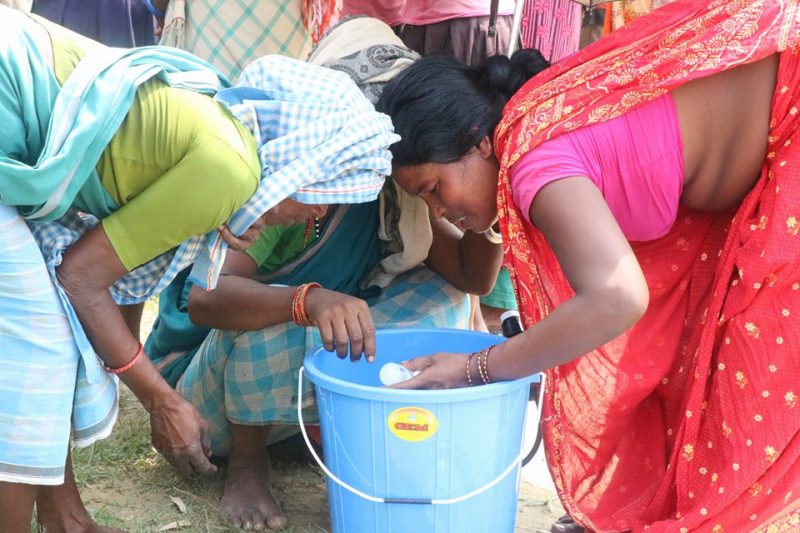
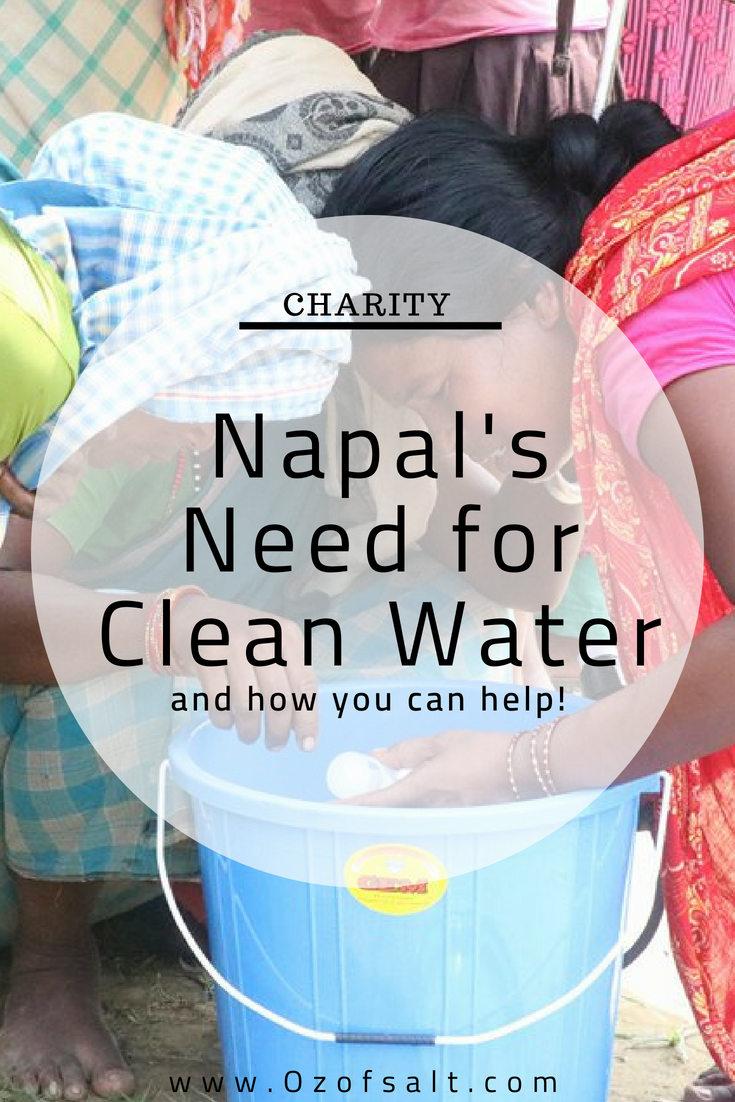


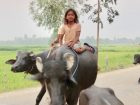
I think it’s wonderful that you are doing these trips to help others. I also belong to an International organization called Alpha Delta Kappa. I donate to many of their local and world understanding projects. Presently we are helping Imagine Missions in Haiti for their teen orphans to learn an occupation. Together we make a difference! Keep up the good work!